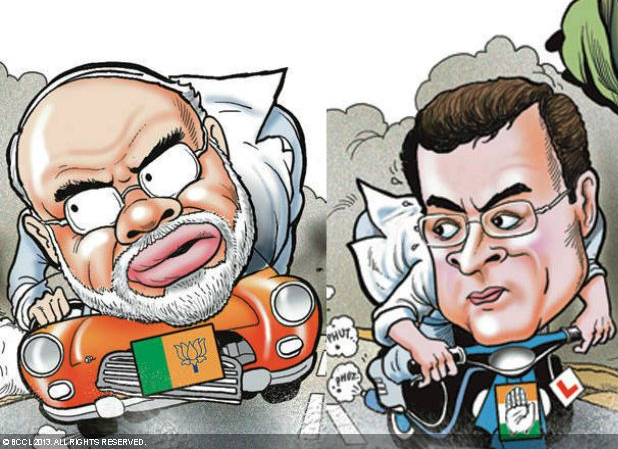Know the 10 grand facts that represent India
India, home of many surprising and hidden facts, holds inside itself those facts which will leave you amazed every time when you go through its past.
Right from the beginning, either myth or reality, many of the facts influence people to get attracted towards this nation and establish its connection with other countries.
We all know India as a largest democracy, we know it because of Taj Mahal as well, but, lets highlight some of the facts which make India famous all over the world:

The Kumbh Mela (or Grand Pitcher Festival) is a huge Hindu religious festival that takes place in India every 12 years. In 2001, 60 million people attended, breaking the record for the world’s biggest gathering. The mass of people was photographed from space by a satellite.

The temples of Khajuraho are famous for their erotic sculptures and are one of the most popular tourist attractions in India. Scholars still debate the purpose of such explicit portrayals of sexual intercourse, which sometimes involve animals.

The banyan, or Indian fig tree, is considered a symbol of immortality and is mentioned in many Indian myths and legends. This self-renewing plant is India’s national tree.

The official name of India is the Republic of India. The name “India” derives from the River Indus, which most likely is derived from the Sanskrit sindhu, meaning “river.” The official Sanskrit name of India is Bharat, after the legendary king in the epic Mahabharata.

Raziya Sultana (1205-1240) was the first woman leader of India. She was considered a great leader, though she ruled for only three years before being murdered.

Most Indians rinse their hands, legs, and face before eating a meal. It is considered polite to eat with the right hand, and women eat after everyone is finished. Wasting food is considered a sin.

The first and greatest civilization in ancient India developed around the valley of the Indus River (now Pakistan) around 3000 B.C. Called the Indus Valley civilization, this early empire was larger than any other empire, including Egypt and Mesopotamia.

Greek sculpture strongly influenced many portrayals of Indian gods and goddesses, particularly after the conquest of Alexander the Great around 330 B.C. In fact, early Indian gods had Greek features and only later did distinct Indian styles emerge.

Chandragupta Maurya (340-290 B.C.), a leader in India who established the Mauryan Empire (321-185 B.C.), was guarded by a band of women on horseback.

When the first independent prime minister of India, pacifist Jawaharlal Nehru (1889-1964), was featured in Vogue, his distinctive close fitting, single-breasted jacket briefly became an important fashion statement for the Mod movement in the West. Named the Nehru jacket, the prime minister’s coat was popularized by the Beatles and worn by such famous people as Johnny Carson (1925-2005) and Sammy Davis Jr. (1925-1990).


0 comments:
Post a Comment